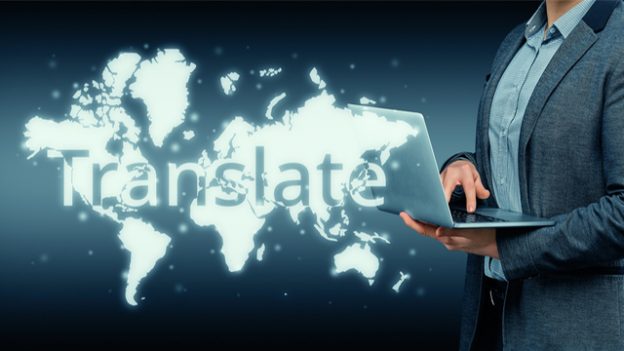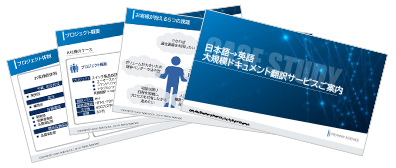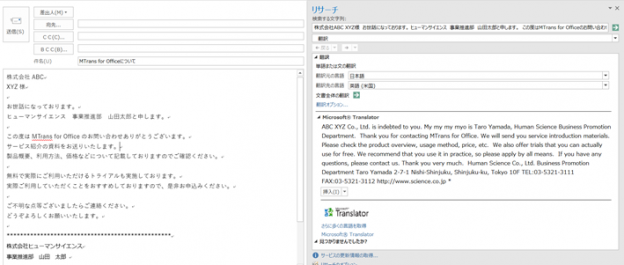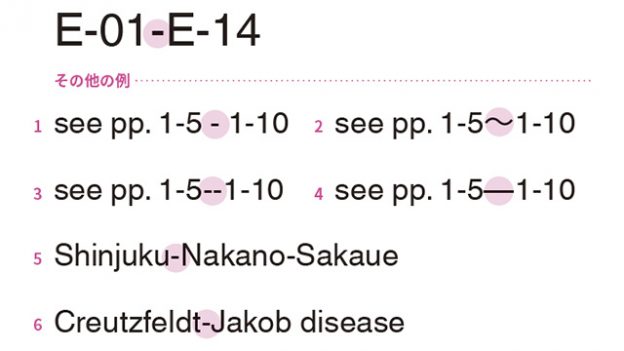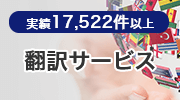
When reviewing IT and FA related documents, we often come across difficult and hard-to-read sentences due to unclear dependencies. Therefore, in this article, we will introduce some examples of sentences with unclear modifiers and explain how to fix them.
- Table of Contents
>>Related Download Materials: 9 Examples of Machine Translation Errors and Post-Editing Checklist
1. Example 1:
- ・Original: In CloudView, click on the region and select the service you want to change the status of.
- ・Translated Text (Before Correction): From the Cloud view, click a region and select <font id="2">a service to modify the status.
- ・Translated text (after correction): From the Cloud view, click a region and select <font id="2">a service whose status is to be modified.
When looking at the original text, "want to change the state" modifies "service". However, in the translated text, the infinitive "to modify" is used, resulting in a nuance of "selecting a service to change the state". This may not accurately convey the meaning of the original text to the reader, so it is necessary to use the possessive pronoun "whose" to clarify the relationship between "service" and "state".
※ If you want to translate "変更したい" using "want", it is also possible to use "a service whose status you want to modify". However, in technical writing, there is a tendency to avoid pronouns such as "you" as much as possible, so "a service whose status is to be modified" is recommended above.
2. Example 2:
- ・Original text: Only invited users will be displayed on the screen for invited folders.
- ・Translation (before correction): Users will only see <font id="2">the invited folders on the screen.
- ・Translation (revised): Users will only see <font id="2">the folders to which they have been invited on the screen.
"Invited folders" is translated as "the invited folders", but in this context, "invited folders" means "folders that the user has been invited to use". However, using "the invited folders" does not accurately convey this meaning, so it is necessary to use "to which" to clearly modify it to "folders that the user has been invited to use".
3. Example 3:
- ・Original text: Set up a user account to access the LMS agent.
- ・Translation (before correction): Sets <font id="2">the user account for accessing the LMS agent.
- ・Translation (revised): Sets <font id="2">the user account with which to access the LMS agent.
"The user account for accessing" is translated as "the user account for accessing" using a prepositional phrase, and has a nuance of "the user account for accessing". While this may convey the meaning to some extent, using "preposition + relative pronoun + to + infinitive" ("with which to access") to clarify the modifier relationship between "account" and "accessing" would make the sentence easier to read.
※ It is also possible to change from "with which to" to "by which to".
4. Example 4:
- ・Original text: This will require preparing a relatively long beam that can absorb flexural stress over its entire length.
- ・Translation (before correction): This provides for <font id="2">a relatively long beam for absorbing the deflection stress.
- ・Translation (revised): This allows for <font id="2">a relatively long beam to absorb deflection stress.
Here, as in the example of "3", "for absorbing" is translated using a prepositional phrase. It is not a mistranslation, but the relationship between "able to absorb bending stress" and "relatively long beam" is unclear, making the sentence difficult to understand. Also, using "for absorbing" makes the meaning of "able to" ambiguous. Therefore, it is necessary to use "over which" to clarify the relationship.
5. Example ➄:
- ・Original text: When inviting collaborators, it is also necessary to consider the folders to allow access to.
- ・Translation (before correction): When inviting collaborators, it is necessary to review <font id="2">the folders access is to be permitted to.
- ・Translation (revised): When inviting collaborators, it is necessary to review <font id="2">the folders to which access will be granted.
The original text is grammatically correct and matches the meaning of the original. However, because the preposition is at the end of the sentence, it is difficult to read and does not look good. Depending on the reader's interpretation, there is a risk of misreading it as "folders access". In general writing or novels, this type of writing may be used, but in technical writing, it is unnatural, so it is recommended to avoid it if possible.
※ It is also possible to change "will be permitted" to "is to be permitted".
This time, we introduced three ways to clarify the dependency within a sentence using the following three relative pronouns.
・Preposition + Relative Pronoun (e.g. "in which", "from which")
・Preposition + relative pronoun + to + base form of verb (e.g. "with which to")
・Relative pronoun "whose"
These grammatical structures are relatively advanced, but they are very useful for improving clarity and readability by clarifying dependencies. In particular, "preposition + relative pronoun + to + verb infinitive" can be very useful in technical writing once you get used to it, so please make use of it.
Author Information

-
Andy ParkMultilingual Translation Group
Japanese-English Translation Reviewer- ・In my previous job, I worked as an IT engineer for about 4 years, and then I worked as an English conversation instructor for 8 years, where I was involved in developing educational programs and training instructors.
- ・Translation experience of 11 years, specializing in IT and business fields.
- ・Currently engaged in translation work and translation quality management, primarily focusing on FA-related products such as product manuals, help documents, and operation manuals.
- - Responsible for evaluating and verifying the translation quality of machine translation engines.
>>Related Download Materials: 9 Examples of Machine Translation Errors and Post-Editing Checklist

